Whats Brewing in New England
A Guide to Brewpubs and Craft Breweries
Kate Cone

Camden, Maine

Published by Down East Books
An imprint of Globe Pequot
Trade Division of The Rowman & Littlefield Publishing Group, Inc.
4501 Forbes Boulevard, Suite 200, Lanham, Maryland 20706
www.rowman.com
Unit A, Whitacre Mews, 26-34 Stannary Street, London SE11 4AB, United Kingdom
Copyright 2016 Kate Cone
All rights reserved. No part of this book may be reproduced in any form or by any electronic or mechanical means, including information storage and retrieval systems, without written permission from the publisher, except by a reviewer who may quote passages in a review.
British Library Cataloguing in Publication Information Available
Library of Congress Cataloging-in-Publication Data Available
ISBN 978-1-60893-395-2 (paperback)
ISBN 978-1-60893-396-9 (e-book)
 The paper used in this publication meets the minimum requirements of American National Standard for Information SciencesPermanence of Paper for Printed Library Materials, ANSI/NISO Z39.48-1992.
The paper used in this publication meets the minimum requirements of American National Standard for Information SciencesPermanence of Paper for Printed Library Materials, ANSI/NISO Z39.48-1992.
To my dad, Clinton Francis Kip Cone Sr., who knew things like why there are holes in saltines, why you should drink your Bourbon neat, and why you should not go gentle into that good night
Contents
Foreword
Drinking locallybefore there was anything local to drink
By Al Diamon
Being a beer drinker in Maine used to be hard work.
Well, not the actual drinking part. Thats always been pretty easy. But finding good beer to drink could be a real chore.
Before Three Dollar Deweys alehouse opened its doors on Fore Street in Portland in 1980, the selection in most bars and stores in the state could best be described as grim. You might find a place with a few dusty bottles of Guinness stout in stock. Every now and then, a couple six-packs of Heineken Dark (shudder) would get shipped here accidentally. I knew a place that would special order the original Ballantine India Pale Ale (aged in real oak kegs)if you were willing to buy an entire case. In late winter, both Narragansett and Pabst put out semi-credible bock beers. And friends traveling from such exotic locations as San Francisco and Wisconsin could sometimes be persuaded to bring back samples of Anchor Steam or Point Special.
But most days, when beer oclock rolled around, I drank whatever met my exacting criterion of being the cheapest stuff available. If I had to settle for bland, indifferent swill, at least I wasnt going to pay much for it. Even after Deweys began transforming the scene with its vast selection of exotic imports and quirky survivors of Americas repeated attempts to stamp out all distinctive brews, I still tended to gravitate toward the inexpensive.
While I was delighted and enlightened to sample a range of British bitters, German pilsners, and Belgian ales that tasted like nothing Id ever imagined could be called beer, I was still on a limited budget, one that wouldnt allow for many of what seemed like outrageously priced two-dollar pints or four-dollar bottles. Not when an entire quart of Ballantine Triple X could be had for a mere buck.
But gradually, my bias toward quantity over quality began to erode. While I still kept my refrigerator stocked with a six-pack of Green Death pounders (for the uninitiated, that was our affectionate nickname for Ballantines olive-hued 16-ounce cans), it sometimes had to share shelf space with a few bottles of the venerable Bass Pale Ale or the upstart Samuel Adams Boston Lager.
But I wasnt drinking anything local, because there wasnt anything local to drink. Maine hadnt had a commercial brewery since well before Prohibition. It wasnt clear whether such an enterprise was even legally possible, let alone commercially feasible. Deweys had created a small but dedicated consumer base for more robust, full-bodied beers, but neither state regulators nor deep-pocketed investors displayed much interest in aiding any forward-thinking entrepreneurs in exploiting that market.
If it hadnt been for the perseverance and imagination of David Geary and a few of his colleagues, Id probably still be drinking Heineken Dark (which Geary once described as Heineken Light with Gravy Master in it) and figuring that was going to be about as good as it got. Thanks to Geary and the other pioneers of the Maine brewing scene, I was spared that terrible fate.
Now Im so conditioned to drinking fine, local brews that I dont experience the slightest tremor when I get charged seven bucks a pint. Well, maybe a little one.
Al Diamon writes the weekly column Politics & Other Mistakes for several Maine newspapers. Hes also the media critic for The Bollard magazine and the resident contrarian for My Generation magazine.
Introduction
You all know about Rip Van Winkle, the character in the short story written by Washington Irving. Dude wanders off from his village, decides he needs a nap, and when he awakens, he discovers hes been asleep for 20 years, totally missing the American Revolution. I kind of feel like that guy. Its been over 20 years since I began my craft beer journey.
When I was researching and writing my first Whats Brewing in New England , I had just finished my stint at Shipyard Brewing Company. I worked as assistant to the president, Fred Forsley. It was 1994 and the company had just begun putting together their brewery in Portland. The bulk of my job was jack of all trades and master of none. The place was so frenetic, with Alan Pugsley getting the brewing side going and Fred trying to keep the lights on, so to speak. Everyone who worked there worked several jobsand we all loved it. I did a little legal work, some publicity for new beers, like Longfellow Ale (SBC is located on the site where the poet Henry Wadsworth Longfellow was born), and wrangling the salesmen, setting up the office with a fax machine, taking calls from customers, returning Freds phone calls, and when we finally got it, getting our name out to the public via the Internet.
At the time, I was writing a novel, and an agent I met with one day advised, Write a book about beer! Youre in the business and its going crazy. So I did. I wrote up a book proposal and sent my query. Down East Books called and asked to meet with me. After working out the details, it was official. I was setting down my novel and writing a book about microbrewed beer, published in 1997.
In a space of two and a half years, I proposed the book to the publisher, signed the contract, and began my journey, like ol Rip, venturing away from my village of Harpswell, Maine, and setting off across New England to visit as many of the quickly proliferating brewpubs and microbreweries as I could. I was an explorer who talked to brewers, owners, chefs, and bartenders who had decided to follow their bliss, as Joseph Campbell urges us humans to do, dump careers, and make beer for a living. Some of them succeeded, if you measure success by being able to keep the business going. Many of them didnt make it. The late 90s experienced a microbrew shakeout, resulting in the closing of many of the places I featured in that first book.
By the time you hold this in your hands, it will be 20 yearsyes, the same two decades Rip Van Winkle slept while the rest of the village brought the king to his knees and fought for independencesince I got back into the beer scene. There has been another revolution in the beer biz, except now, we dont really say microbrew. Craft beer is the term we use to describe beers made at a small scale.
Next page
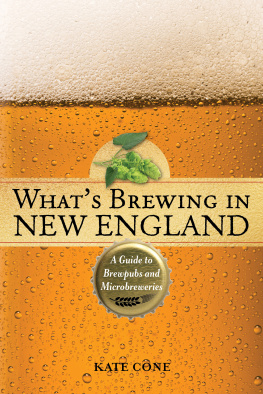

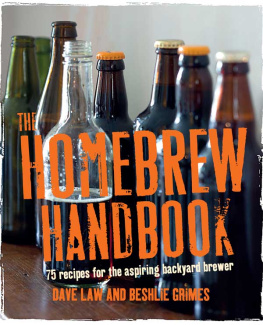
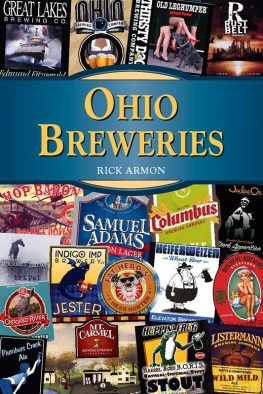
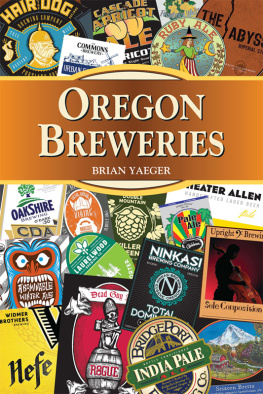
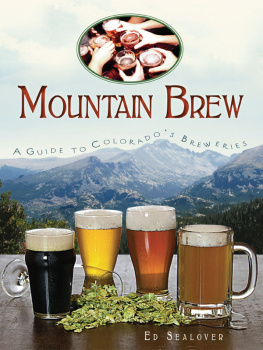
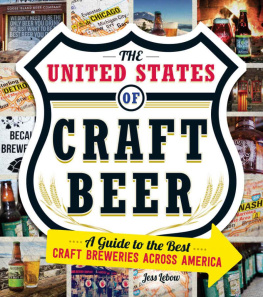


 The paper used in this publication meets the minimum requirements of American National Standard for Information SciencesPermanence of Paper for Printed Library Materials, ANSI/NISO Z39.48-1992.
The paper used in this publication meets the minimum requirements of American National Standard for Information SciencesPermanence of Paper for Printed Library Materials, ANSI/NISO Z39.48-1992.